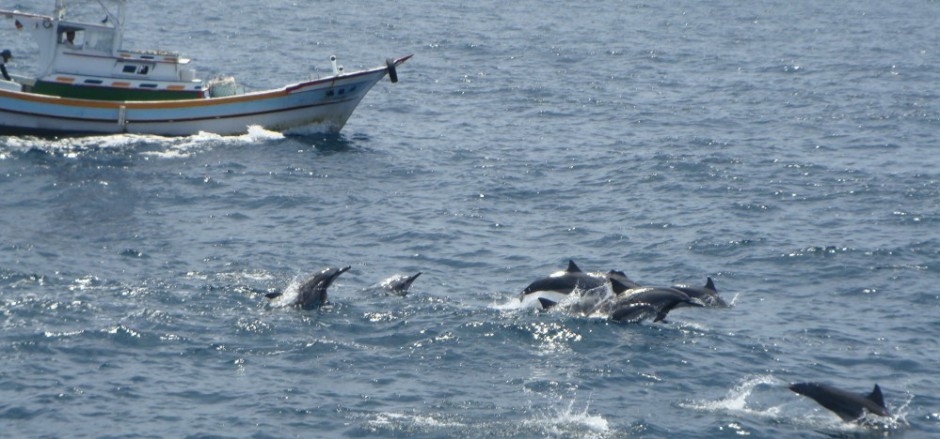Fatty acid signature analysis (FASA) has emerged recently as a new analytical tool that could overcome many of the deficiencies of other techniques, as well as the limited resolution provided by isotopic ratios. Unlike similar techniques, FASA has the potential resolution to identify individual prey species, sometimes to the extent of separation based upon geographic location and age class, and using data analysis models such as QFASA (Quantitative FASA), it will theoretically be possible to determine the actual proportions of various prey species in the diet. These models use the fatty acid signatures from a suite of potential prey species to give a quantitative estimate that describes the species composition of the diets for individual predators.
Marine food webs contain many long chain fatty acids that are specific to individual prey items, and most transfer from prey to predator with insignificant alteration in carnivores. Individual fatty acids, which originate exclusively from the diet, were first used as trophic markers in invertebrates and fishes, but there have also been a number of studies suggesting a strong relationship between the overall fatty acid composition of storage tissues in an animal and the fatty acid composition of its prey. Recently significant advances have been made investigating feeding habits of pinnipeds by using the entire suite of up to 70 fatty acids present in the blubber and prey.
Ultimately, the application of FASA requires knowledge of the signatures of all likely prey species, but the benefit is that this approach has the potential to answer questions about what specific prey an individual is consuming. The method has shown very promising results in initial applications to pinnipeds but it has yet to be fully validated in controlled studies with cetaceans. Nonetheless, it has great potential for resolving questions of feeding habits of wild cetaceans such as bottlenose dolphins (Tursiops truncatus) in the Indian River Lagoon (IRL) FL.
Cetaceans, unlike pinnipeds, tend to show a much greater layering effect within the blubber. There is more connective tissue present in cetaceans and the fatty acid composition and contaminant loading of each layer also differs. In some cases, there are two distinct blubber layers, while in other species three layers have been identified. It has been suggested that each layer is responsible for a different function including energy storage, insulation, and structural support. This makes the application of FASA potentially more difficult when applied to cetaceans as each layer may need to be considered separately. To address this potential issue, we have undertaken a series of preliminary studies examining the composition and characteristics of odontocete blubber.
